
I’ve always believed there’s no single path to success in Hollywood, but for years, a really solid strategy has been to create a short film. Then you enter it into film festivals, and you just hope the right person – someone with the funds or influence to help – sees your work and wants to help you expand it into a full-length movie. It’s a gamble, but it’s worked for a lot of people I admire.
Here are 20 examples: The following short films inspired some hugely popular movies, and even helped launch the careers of directors like Paul Thomas Anderson, Sam Raimi, and George Lucas. (You might know Lucas – he later produced *Howard the Duck*!) Keep in mind that while these are considered ‘shorts,’ some run for almost 40 minutes.
The Babadook (2014)
Based on “Monster” (2005)
Before directing the acclaimed horror film *The Babadook*, Jennifer Kent made a short film called “Monster” nearly ten years earlier. While it’s much shorter – only ten minutes long and filmed in black and white – it shares a similar theme: a mother and her child are preoccupied with an imaginary monster. Kent herself playfully referred to it as “Baby Babadook,” which sparks the thought of a possible prequel story.
Boogie Nights (1997)
Based on “The Dirk Diggler Story” (1988)
I’ll never forget stumbling across the *Boogie Nights* DVD special edition back in college. The commentary revealed something fascinating: Paul Thomas Anderson actually *started* with a short film called “The Dirk Diggler Story” – essentially the same plot, just condensed and with a less recognizable cast. It’s neat to see both leads from that short pop up in *Boogie Nights* – Robert Ridgely, who played the first Jack Horner, is the Colonel, and Michael Stein, the original Dirk Diggler, appears as one of the customers in Don Cheadle’s store. Apparently, Anderson structured the short as a mockumentary partly because the real-life inspiration for Dirk Diggler, John Holmes, already had a documentary of his own, called *Exhausted*.
District 9 (2009)
Based on “Alive in Joberg” (2005)
The movie *District 9* is heavily based on director Neill Blomkamp’s earlier short film, “Alive in Joburg.” It shares the same location, basic idea, and even features some of the same actors, notably Sharlto Copley. Despite being only six minutes long and made with limited funds, the short film is remarkably well-made, with impressive visuals and scope—it would have definitely convinced me to fund Blomkamp’s first full-length sci-fi movie.
The Evil Dead (1981)
Based on “Within the Woods” (1978)
You think *The Evil Dead* was made on a shoestring budget? Let me tell you, you haven’t seen *anything* yet! Before *Evil Dead*, Sam Raimi and his friends – including a young Bruce Campbell – literally pooled together a few hundred dollars to make a short film called “Within the Woods.” It was about a couple of couples getting terrorized by evil forces in a cabin – sounds a lot like *Evil Dead*, right? They made it as a proof of concept, hoping to get investors on board. And it worked! “Within the Woods” wasn’t perfect, but it absolutely got the funding for *The Evil Dead*.
Frankenweenie (2012)
Based on “Frankenweenie” (1984)
The main difference between the full-length *Frankenweenie* and the original short film is the actors. Tim Burton’s short, made when he was an animator at Disney in the early 1980s, used real actors, while the feature film uses stop-motion puppets. Both versions share a similar style, featuring black-and-white visuals, dramatic camera work, and lighting reminiscent of classic horror movies.
Hard Eight (1996)
Based on “Cigarettes & Coffee” (1993)
If you’re familiar with Paul Thomas Anderson’s debut film, *Hard Eight*, you’ll notice similarities in “Cigarettes & Coffee.” Both films share characters and feature Philip Baker Hall as an older gambler. After showing the short film at Sundance, Anderson was invited to the Sundance Institute to develop it into a script initially titled *Sydney* (he later had to change the name). While the story in “Cigarettes & Coffee” isn’t exactly the same as the finished film, you might find the short version’s ending unexpected.
Lights Out (2016)
Based on “Lights Out” (2013)
It’s common for successful horror directors, like Sam Raimi, to expand their short films into full-length features, and many others have followed suit. Filmmaker David F. Sandberg created several low-budget films for YouTube, hoping to catch the attention of the film industry. His 2013 short, “Lights Out” – a story about a monster that only appears in the dark – became incredibly popular online, leading to the creation of a full-length movie based on the original concept.
Machete (2010)
Based on “Machete” (2007)
Robert Rodriguez and Quentin Tarantino teamed up for a special project called *Grindhouse*, which included a full-length movie from each of them, along with a series of fake trailers they made with friends. Some of those trailers were so popular they were turned into real movies, starting with Rodriguez’s *Machete* – a wild action film about a former Mexican federal agent seeking revenge. *Machete* did well enough to get a sequel, *Machete Kills*, released in 2013, which even included trailers for *another* sequel, *Machete Kills Again… In Space*. Unfortunately, that third film hasn’t been made yet.
Mama (2013)
Based on “Mama” (2008)
This short film, *Mama*, helped launch the career of director Andy Muschietti, who went on to direct the *It* movies, an *It* TV series, and *The Flash*. The short film gained attention from Guillermo del Toro, who introduced the YouTube clip and later became an executive producer on the full-length *Mama* movie.
Marcel the Shell With Shoes On (2021)
Based on “Marcel the Shell With Shoes On” (2010)
It’s fitting that the Oscar-nominated film *Marcel the Shell With Shoes On* started as a very small, homemade project. Director Dean Fleischer Camp originally created three short Marcel videos over five years, which eventually led to the full-length 90-minute movie.
Martha Marcy May Marlene (2011)
Based on “Mary Last Seen” (2010)
Sean Durkin, the writer and director, created the short film “Mary Last Seen” while he was developing and securing funding for his independent film, *Martha Marcy May Marlene*. Both films explore the topic of religious cults and star Brady Corbet as a captivating cult member. However, *Martha Marcy May Marlene* isn’t a remake of “Mary Last Seen” – it’s more like a continuation of the story. While the feature film focuses on a woman trying to leave a harmful cult, “Mary Last Seen” depicts a woman initially joining it.
Napoleon Dynamite (2004)
Based on “Peluca” (2002)
Though the character has a different name, the central figure in Jared Hess’s early student film, “Peluca,” is clearly the same quirky teenager who would later become famous in *Napoleon Dynamite* (both roles are played by Jon Heder). In the short film, Seth is bullied at school, then goes to a convenience store with his friends Pedro and Giel to buy a lottery ticket. They use their winnings to buy Giel a wig, as he recently shaved his head. (The Spanish word “peluca” means wig.) While the short doesn’t feel like the start of a comedy phenomenon, it definitely has a unique and memorable style.
Pixels (2015)
Based on “Pixels” (2010)
The short film “Pixels” felt more like a showcase of special effects than a complete story. It’s visually stunning, featuring classic video game characters like Pac-Man and Space Invaders attacking New York City. The short doesn’t bother explaining *why* this is happening—at just two minutes long, it doesn’t need to. The full-length movie, however, needed a plot to justify the cool visuals. It created a scenario where aliens invade Earth using giant versions of Atari and Nintendo characters, and only a video game expert (played by Adam Sandler) can save the world.
Short Term 12 (2013)
Based on “Short Term 12” (2009)
Destin Daniel Cretton’s film *Short Term 12* draws heavily from his personal experiences working at a group home for teens. His initial short film on the same topic featured a character based on himself. When expanding the story into a full-length movie, he changed the main character’s gender and cast Brie Larson, who went on to achieve widespread recognition with the role.
Sling Blade (1996)
Based on “Some Folks Call It a Sling Blade” (1994)
In the mid-1990s, Billy Bob Thornton and his critically acclaimed film *Sling Blade*—which earned him an Oscar for Best Adapted Screenplay—became incredibly popular. This led to the release of the original short film that inspired it, “Some Folks Call It a Sling Blade,” on VHS. Surprisingly, this 29-minute short was even available to rent at Blockbuster! I remember seeing it as a kid, and the cover was a bit misleading – “SLING BLADE” was in large letters, while “Some Folks Call It a” was tiny and hard to read. I wonder how many people rented the short thinking it was the full-length movie?
Smile (2022)
Based on “Laura Hasn’t Slept” (2020)
The short film *Laura Hasn’t Slept* shares a similar origin with *Martha Marcy May Marlene*; it serves as a backstory to the feature film *Smile* rather than a direct adaptation. The short centers on Laura (Caitlin Stasey) who is haunted by terrifying visions of a creature with a disturbing smile. In *Smile*, Caitlin Stasey reprises her role as Laura, now a patient who dies by suicide in a hospital, unknowingly passing the terrifying curse – the smiling Entity – onto her therapist.
This Is the End (2013)
Based on “Jay and Seth Versus the Apocalypse” (2007)
The year Seth Rogen rose to fame with the movie *Knocked Up*, he also starred in a short film with his *Undeclared* co-star, Jay Baruchel. This short explored how roommate tensions worsen when the world is ending. A few years later, Rogen and Evan Goldberg expanded this idea into a full-length sci-fi comedy. In the movie, Rogen, Baruchel, and other rising comedy stars play exaggerated versions of themselves – spoiled celebrities completely unprepared for the apocalypse. While the short film was a simple, clever concept, the movie successfully maximizes the humor within that premise.
THX 1138 (1971)
Based on “Electronic Labyrinth: THX 1138 4EB” (1967)
What’s interesting about the movie *THX 1138* is that its title was actually shortened from George Lucas’s original short film, which was called “Electronic Labyrinth: THX 1138 4EB.” It’s quite a mouthful! Lucas created the short while he was a student at USC Film School. Later, he collaborated with Francis Ford Coppola, who made *THX* the first film produced under a new agreement between Coppola’s company, American Zoetrope, and Warner Bros.
12 Monkeys (1995)
Based on “La Jetee” (1962)
Even before it inspired Terry Gilliam’s film *12 Monkeys*, Chris Marker’s *La Jetée* was a celebrated short film. Both works feature a man from a devastated future who travels to the past to try and stop the war that destroyed the world. However, while Gilliam’s version uses famous actors and elaborate effects, Marker’s film is uniquely told through a sequence of still images and narration. It’s a rare short film to be included in the Criterion Collection, sharing a disc with Marker’s other work, *Sans Soleil*.
What We Do in the Shadows (2014)
Based on “What We Do in the Shadows: Interviews With Some Vampires” (2005)
Taika Waititi and Jemaine Clement famously created the original “What We Do in the Shadows” short film with just $200. Considering it’s now a hit movie, a six-season TV show on FX, and even inspired a spinoff series called “Wellington Paranormal,” that $200 has to be one of the smartest investments ever made in film and television!
The 40 Best Movies of the Last 40 Years (1985-2024)
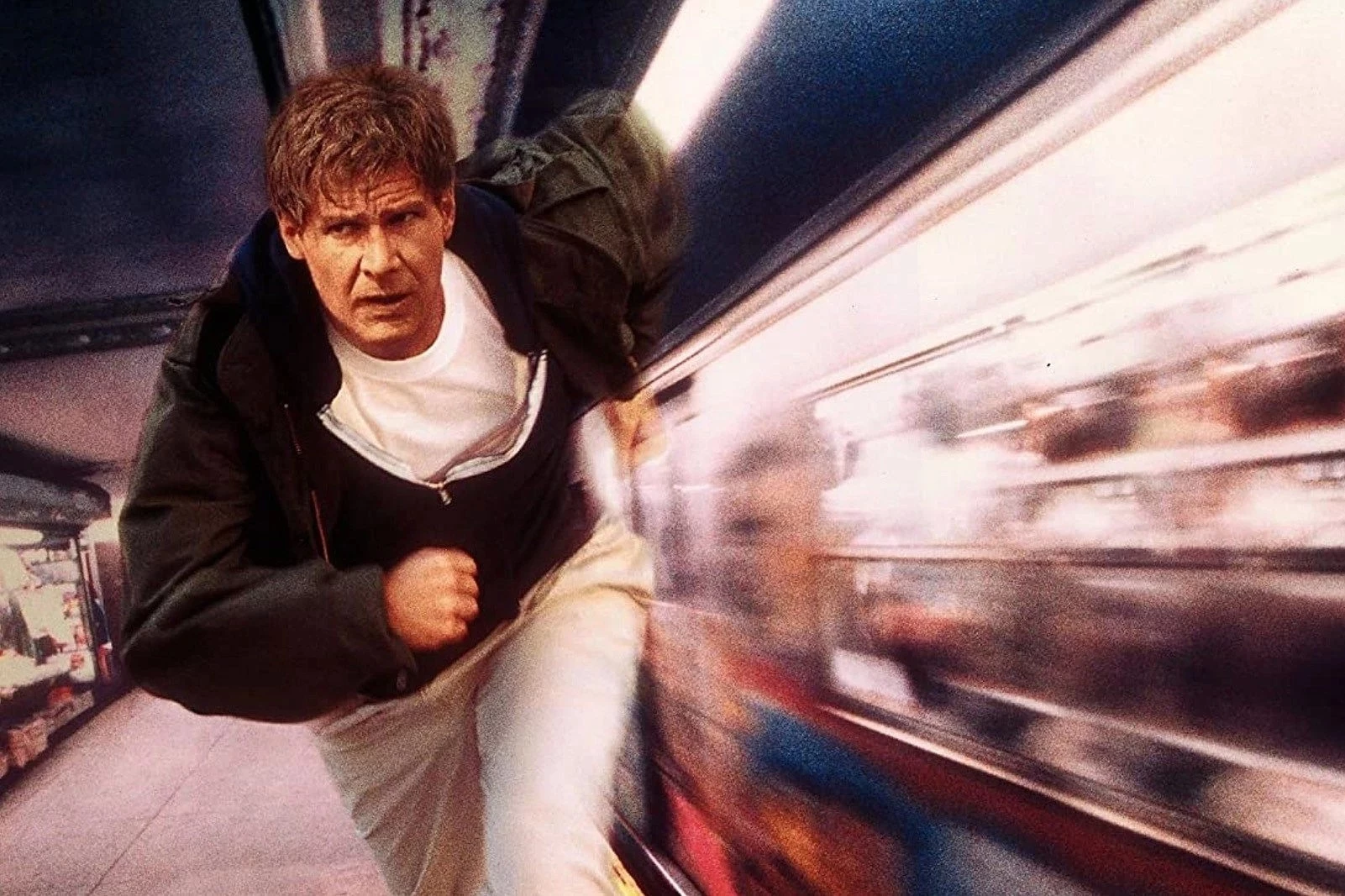
40. The Fugitive (1993)
When compiling lists of great films, it’s easy to overlook purely enjoyable movies that you can watch repeatedly simply for the fun of it, especially if they don’t deal with deep or complex ideas. However, *The Fugitive* makes seemingly effortless what is actually a very challenging genre: the large-scale chase thriller. The film expertly combines a gripping mystery, exciting action, and outstanding performances – notably from Tommy Lee Jones as the relentless U.S. Marshal Sam Gerard. Its rewatchability comes from a rare level of skill and attention to detail in its filmmaking, something even more uncommon today than it was in 1993.
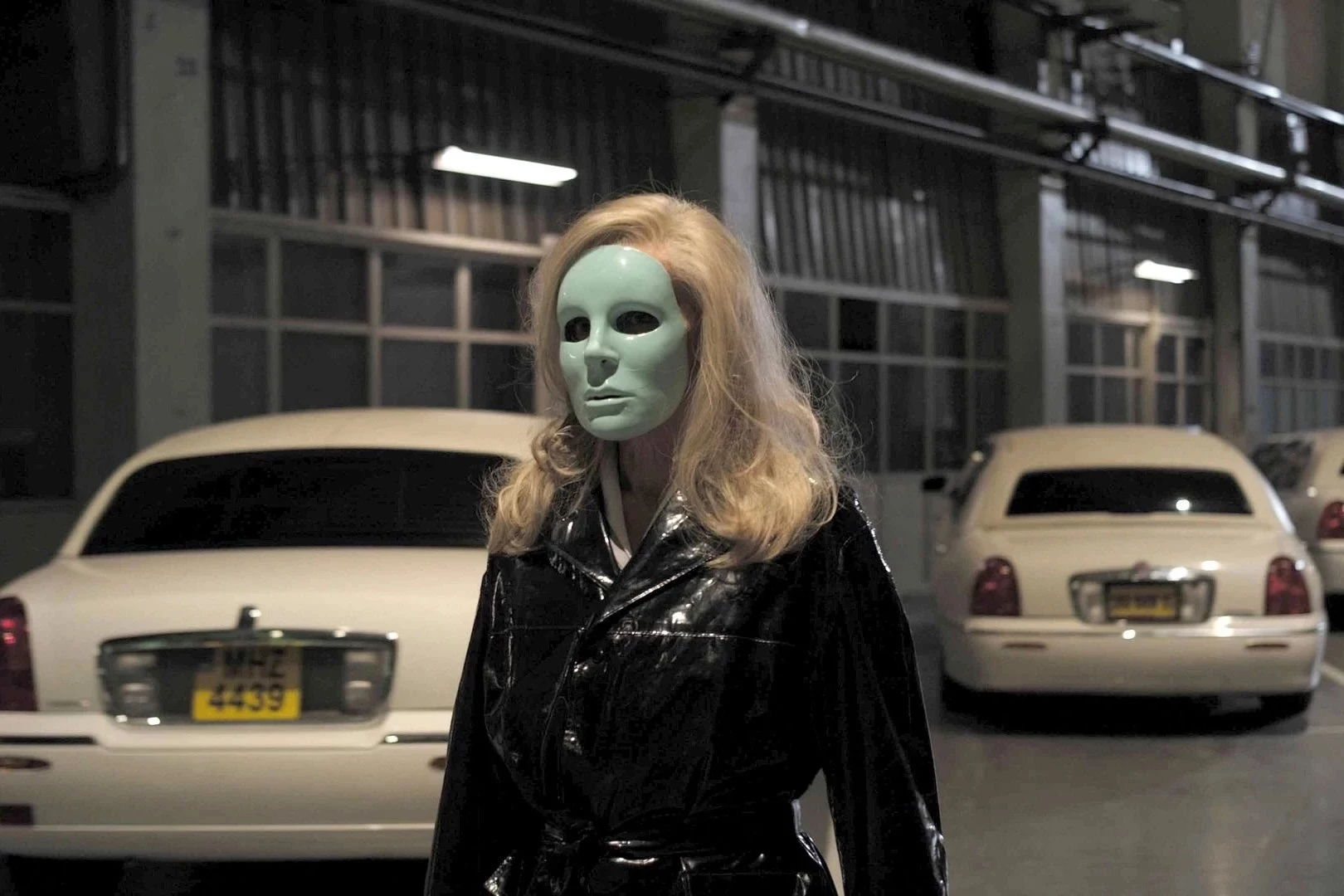
39. Holy Motors (2012)
Leos Carax’s *Holy Motors* feels like the most incredible dream you can experience while awake. It’s a wildly imaginative and strangely moving tribute to film, acting, and life itself – suggesting they’re all deeply connected. Denis Lavant delivers eleven fantastic performances as Oscar, a man driving around Paris in a limousine and constantly transforming into different characters, like a motion-capture performer, a criminal, and a homeless person. While we never fully understand what Oscar *does*, the film powerfully demonstrates the enduring wonder and unrealized possibilities of cinema, especially at a time when how we watch movies is rapidly changing.
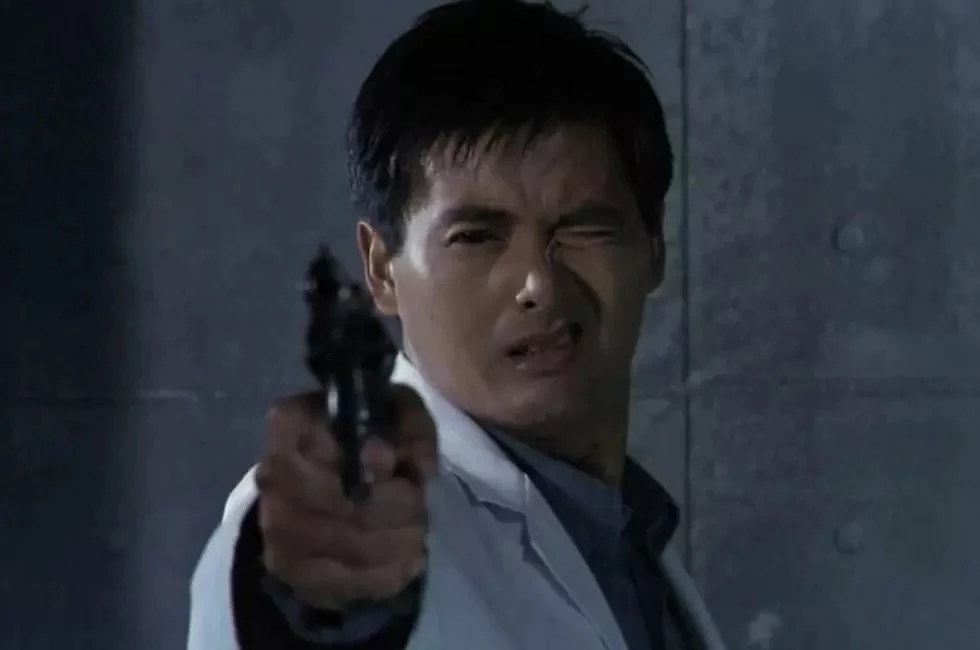
38. Hard Boiled (1992)
John Woo’s *Hard Boiled* kicks off with a surprisingly simple image: someone making a drink. Tequila, soda, a quick mix… and then the glass comes crashing down. It’s a brilliant opening, because it perfectly encapsulates what the whole film is about. Woo is famous for his doves, but this little scene is about something else entirely – the explosive energy that happens when two very different forces collide. Chow Yun-Fat and Tony Leung are both fantastic actors on their own, but when you put them together in this film? *Boom*. Pure cinematic magic. It’s all about the reaction, the unexpected power of their combined presence.
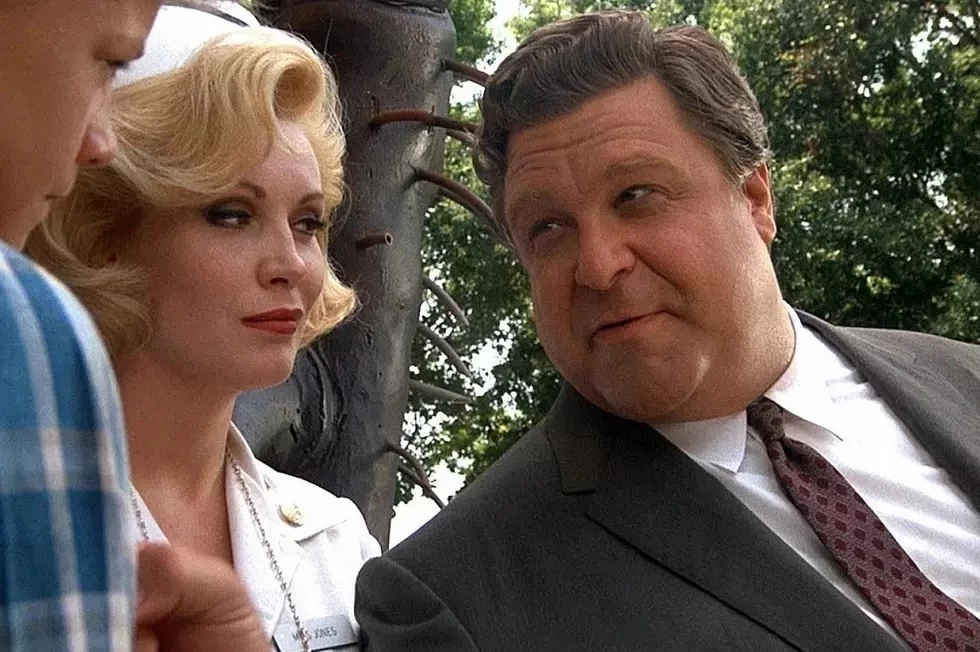
37. Matinee (1993)
Joe Dante’s *Matinee* isn’t just a nostalgic trip; it cleverly examines the difference between genuine fear and the cheap thrills offered by low-budget filmmakers like Lawrence Woolsey (played by John Goodman). It’s surprising how insightful a movie about a cheesy producer can be.
The film’s warm look back at 1960s B-movies is balanced by the understanding that the world, then and now, can be a difficult place. The story centers on Gene (Simon Fenton), a teenager living with his mother and brother on a military base while his father is away at sea during the Cuban Missile Crisis. Gene often takes care of his younger brother, Dennis (Jesse Lee), as his mother (Lucinda Jenney) struggles to cope. Due to his father’s job, the family frequently moves, leaving the brothers feeling like outsiders. The movie theater becomes their safe haven and source of joy amidst all the upheaval.
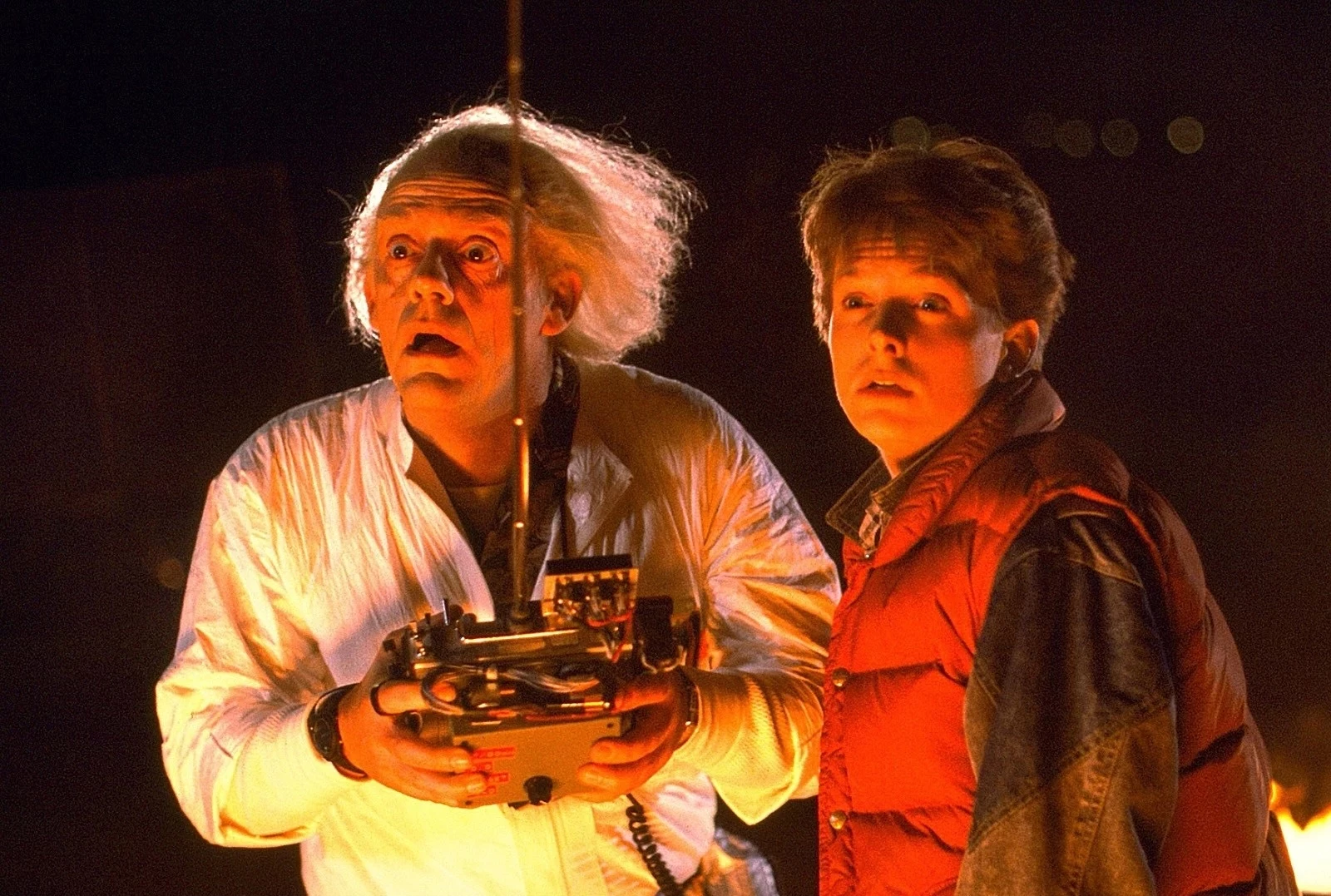
36. Back to the Future (1985)
Everyone’s wondered what their parents were like as teenagers, and *Back to the Future* brilliantly uses that idea as the basis for a truly clever story. When slacker Marty McFly, played by Michael J. Fox, travels back to 1955 in a time-traveling DeLorean created by his eccentric scientist friend, he accidentally interferes with his parents’ first meeting. Now, he has to fix things to ensure he’s even born! With its humor, quirky characters, fantastic visuals, and fast-paced editing, *Back to the Future* is a nearly flawless example of 1980s blockbuster filmmaking.
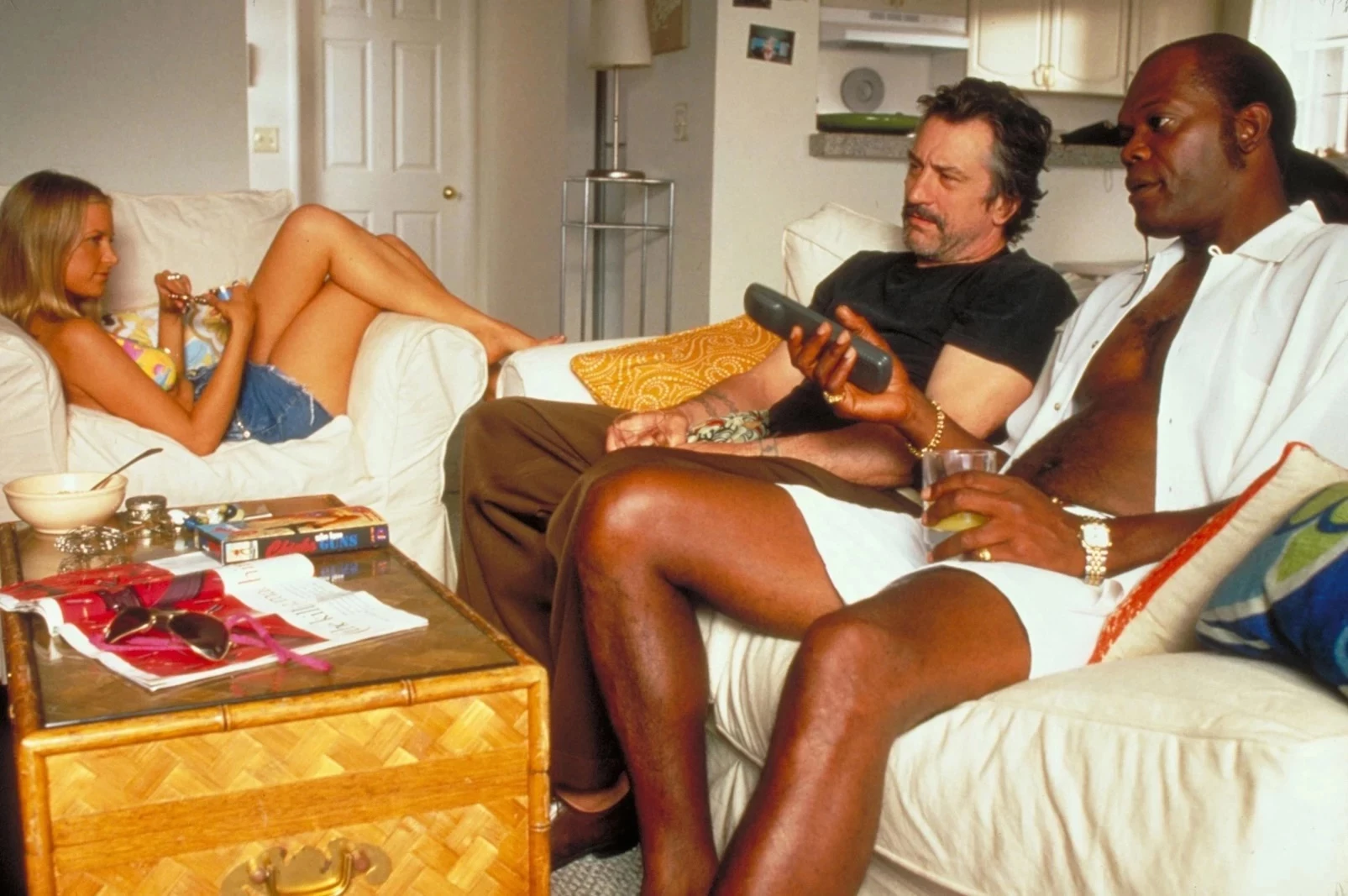
35. Jackie Brown (1997)
What I really appreciate about *Jackie Brown* is how relatable the characters are. They’re not glamorous or overly powerful; they’re just ordinary people with flaws. For example, the hitman Max Cherry is a bit of a mess, and Jackie Brown isn’t a natural criminal mastermind. Even Louis Gara has everyday problems like forgetting where he parked! I think some of Tarantino’s other films, while excellent, could benefit from that same level of realism. When *Jackie Brown* first came out, some viewers expected something as flashy as *Pulp Fiction*, but the film’s more subtle approach is actually perfect. The opening credits cleverly establish Jackie’s character without her saying a word, and scenes like the one with Ordell and Beaumont are brilliantly done. And the ending features a truly memorable kiss – not because it’s overly passionate, but because it feels real and imperfect.
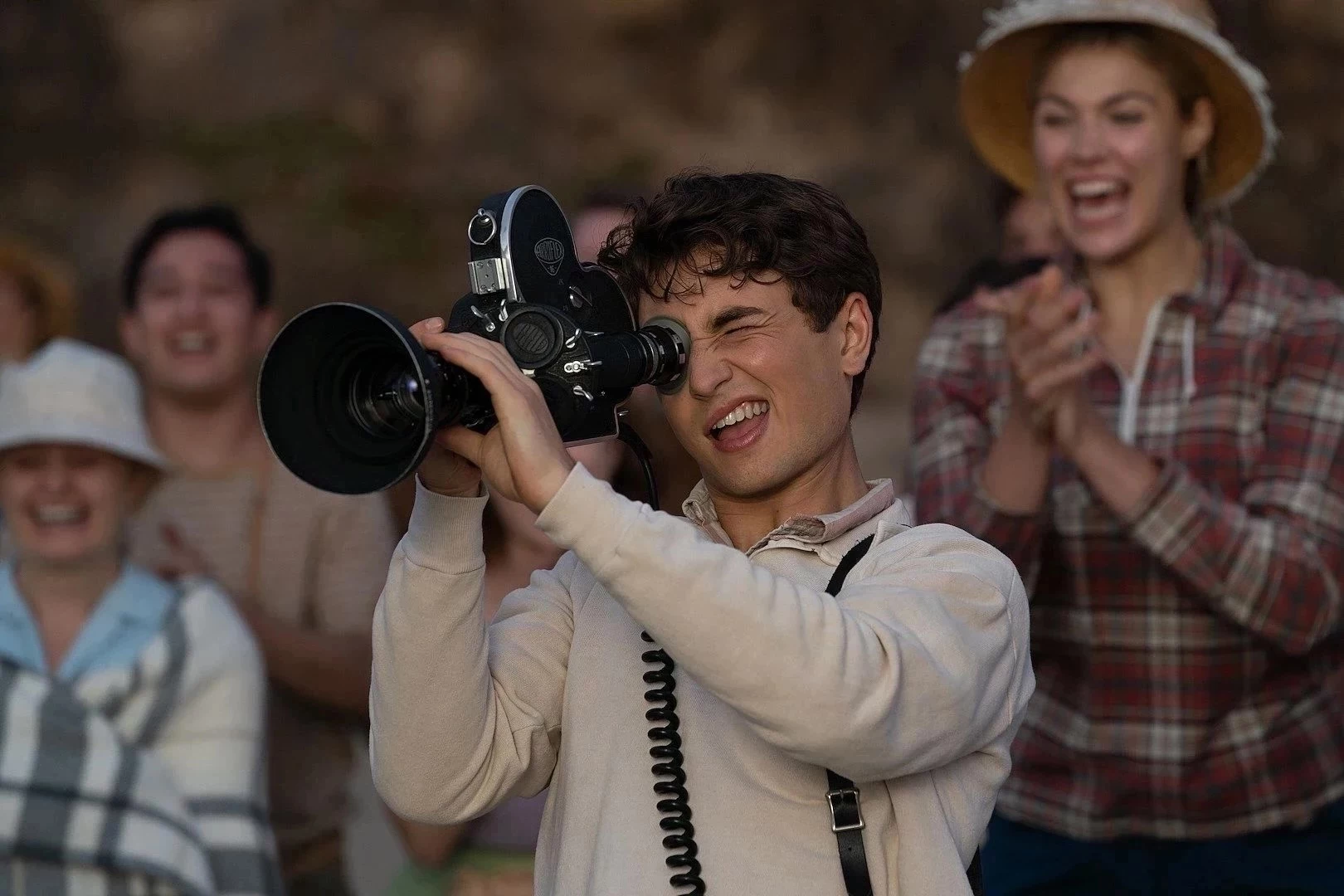
34. The Fabelmans (2022)
What makes *The Fabelmans* so captivating is how clearly Steven Spielberg’s lifelong love of film shines through. Even decades after the events depicted, he still approaches filmmaking with the same wonder as young Sammy Fabelman, the boy who saw *The Greatest Show on Earth* and became determined to recreate it at home. Spielberg has become a master storyteller, learning how to use visuals and sound to evoke a wide range of emotions. But he’s never forgotten *why* he makes movies in the first place.
*The Fabelmans* is Spielberg’s personal story, exploring the joys and struggles of both filmmaking and life. Cinema becomes a way for Sammy to deal with his fears and loneliness, though it sometimes leads to further isolation. His passion for directing allows him to connect with his creative mother (beautifully portrayed by Michelle Williams), but it also risks revealing a painful family secret. Now, years later, it’s given Spielberg the means to tell this deeply moving story – a story brimming with life, love, joy, and sadness, just like all the best films.
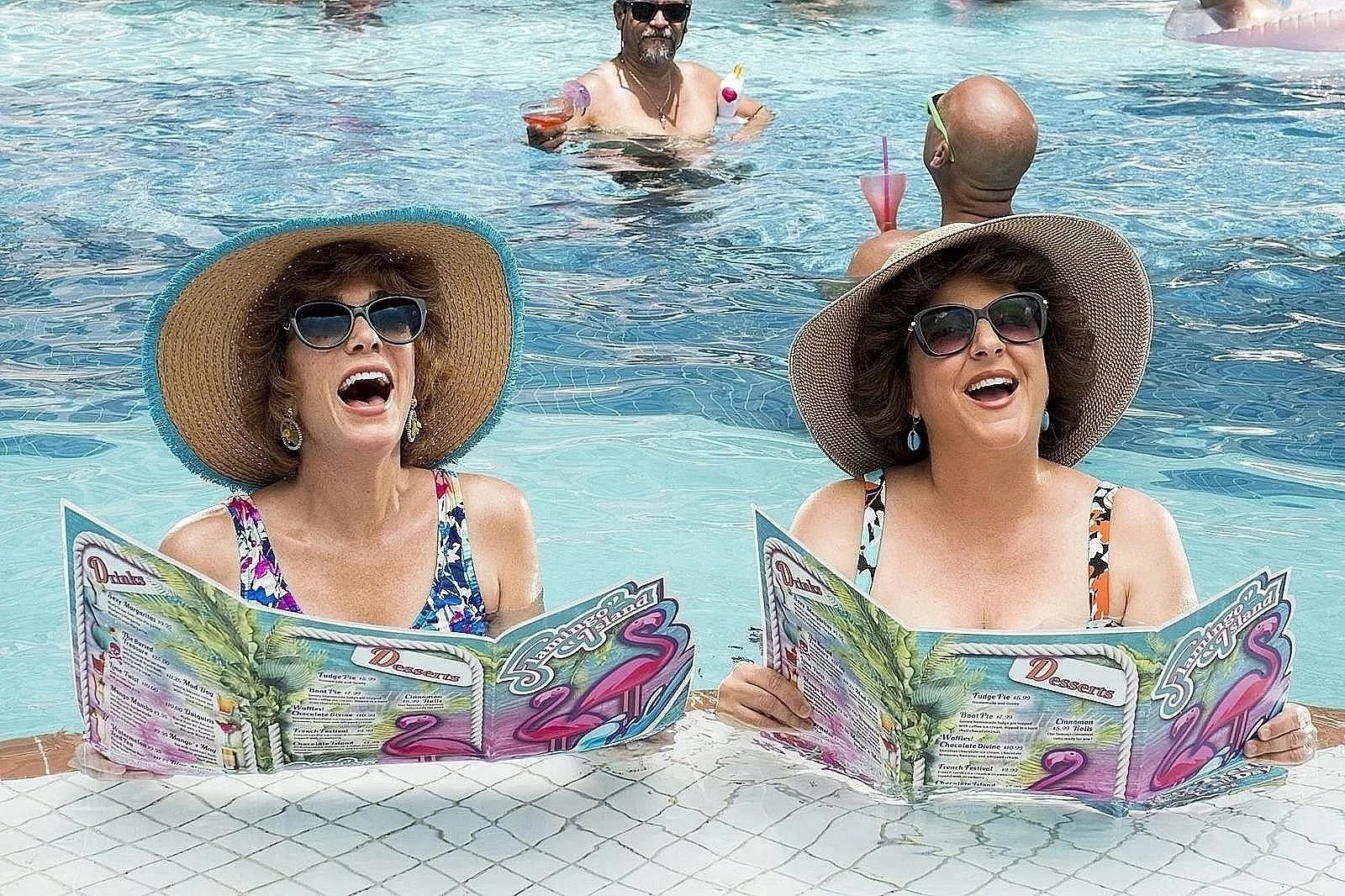
33. Barb and Star Go to Vista Del Mar (2021)
Kristen Wiig and Annie Mumolo, the creators of *Bridesmaids*, reunited for another hilarious comedy, *Barb and Star Go to Vista Del Mar*. They play two best friends who lose their jobs at a furniture store in Nebraska and decide to spend their severance pay on a trip to Florida. While there, they both fall for a charming man (Jamie Dornan, playfully poking fun at his good looks) who is secretly part of a ridiculous plan to destroy the town with genetically engineered mosquitoes. Wiig and Mumolo are fantastic, delivering witty lines about everything from clothing to the name Trish, and the movie is full of quotable moments. In a difficult time, *Barb and Star* arrived as a bright, sparkly escape – a much-needed dose of joy and silliness.
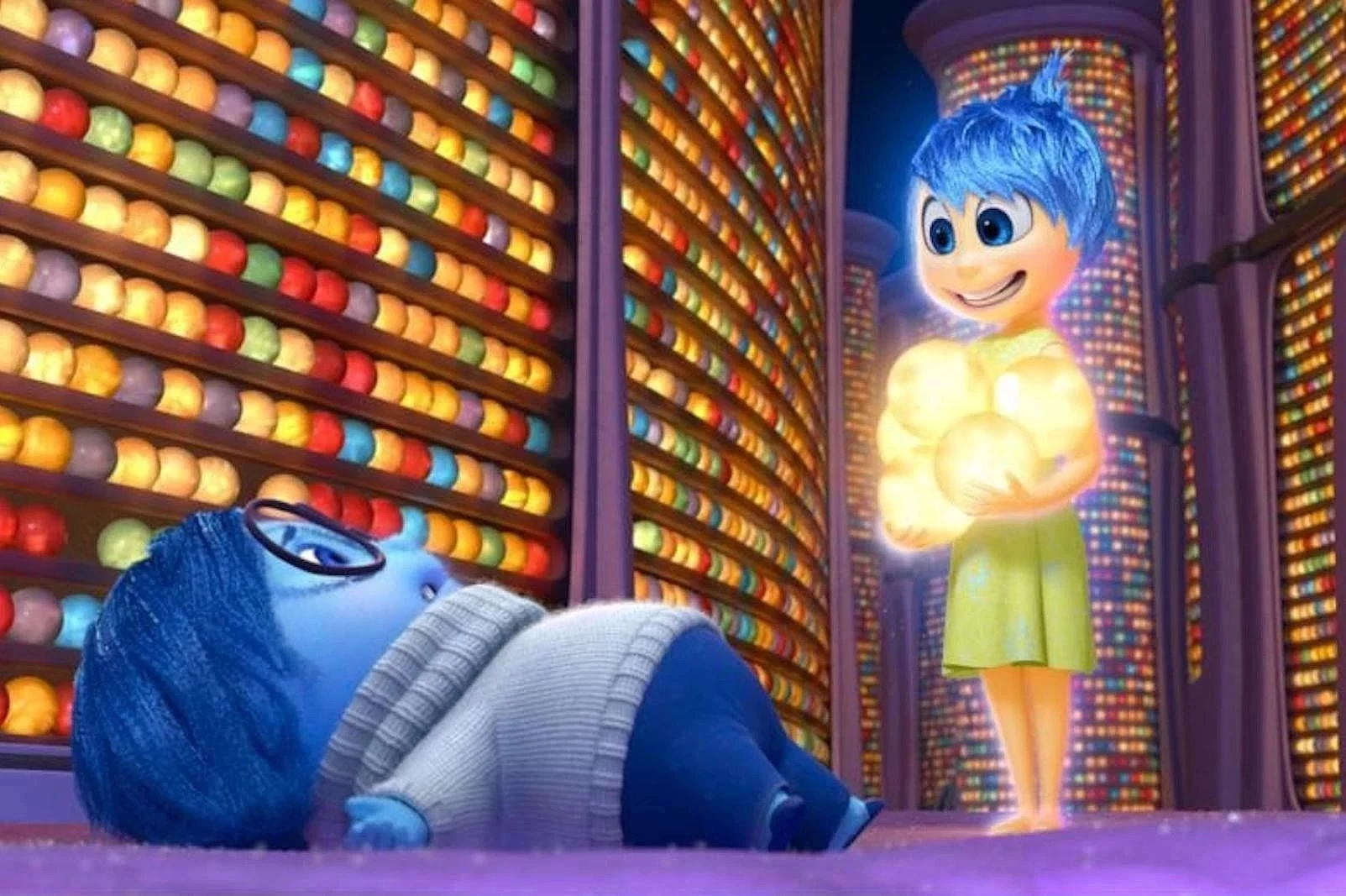
32. Inside Out (2015)
Even before becoming Pixar’s creative leader, Pete Docter was known as a brilliant mind at the studio. He contributed as a writer to beloved films like *Toy Story*, *Toy Story 2*, and *WALL-E*, and directed three of Pixar’s most acclaimed movies: *Monsters, Inc.*, *Up*, and *Inside Out*. *Inside Out* is a remarkably creative story that explores the inner world of an 11-year-old girl named Riley. When Riley moves from Minnesota to San Francisco, her life is disrupted, leading to a conflict between the personified emotions in her brain. The film’s depiction of Riley’s mind is visually stunning and consistently engaging. But beyond its imaginative design, *Inside Out* is a profoundly insightful film about the crucial role of sadness and grief in our lives.
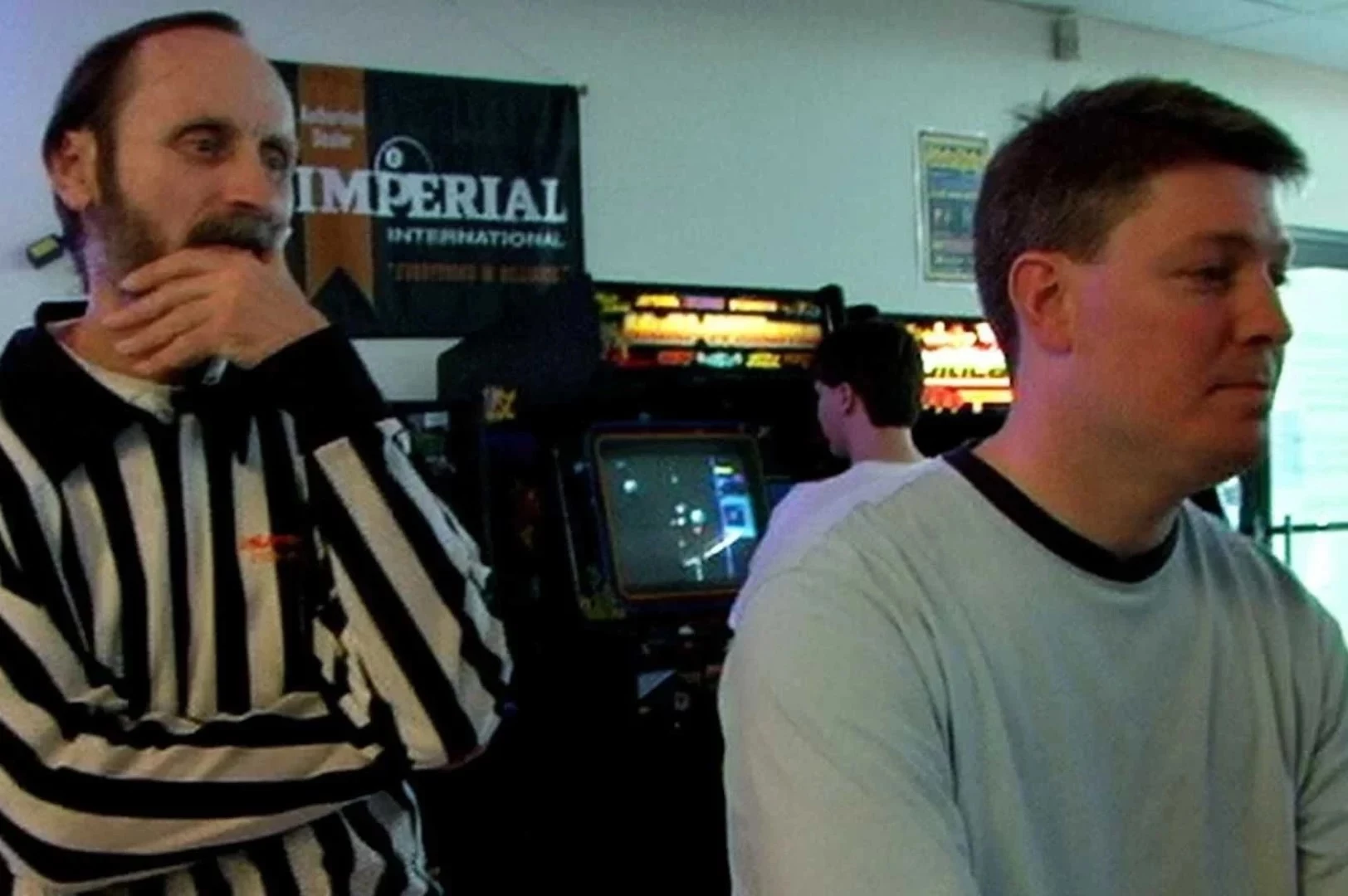
31. The King of Kong: A Fistful of Quarters (2007)
The classic arcade game *Donkey Kong* is a surprisingly accurate reflection of life. It’s incredibly challenging, often unfair, and success often feels like a matter of luck. You might occasionally triumph, but just as easily, you’ll be unexpectedly defeated. Even achieving the highest possible score doesn’t offer lasting victory – ultimately, failure is inevitable. And sometimes, life throws in bizarre obstacles, like a scheming hot sauce entrepreneur with a questionable hairstyle.
Essentially, *The King of Kong* isn’t just a documentary about competitive *Donkey Kong*; it’s a film about the human condition.
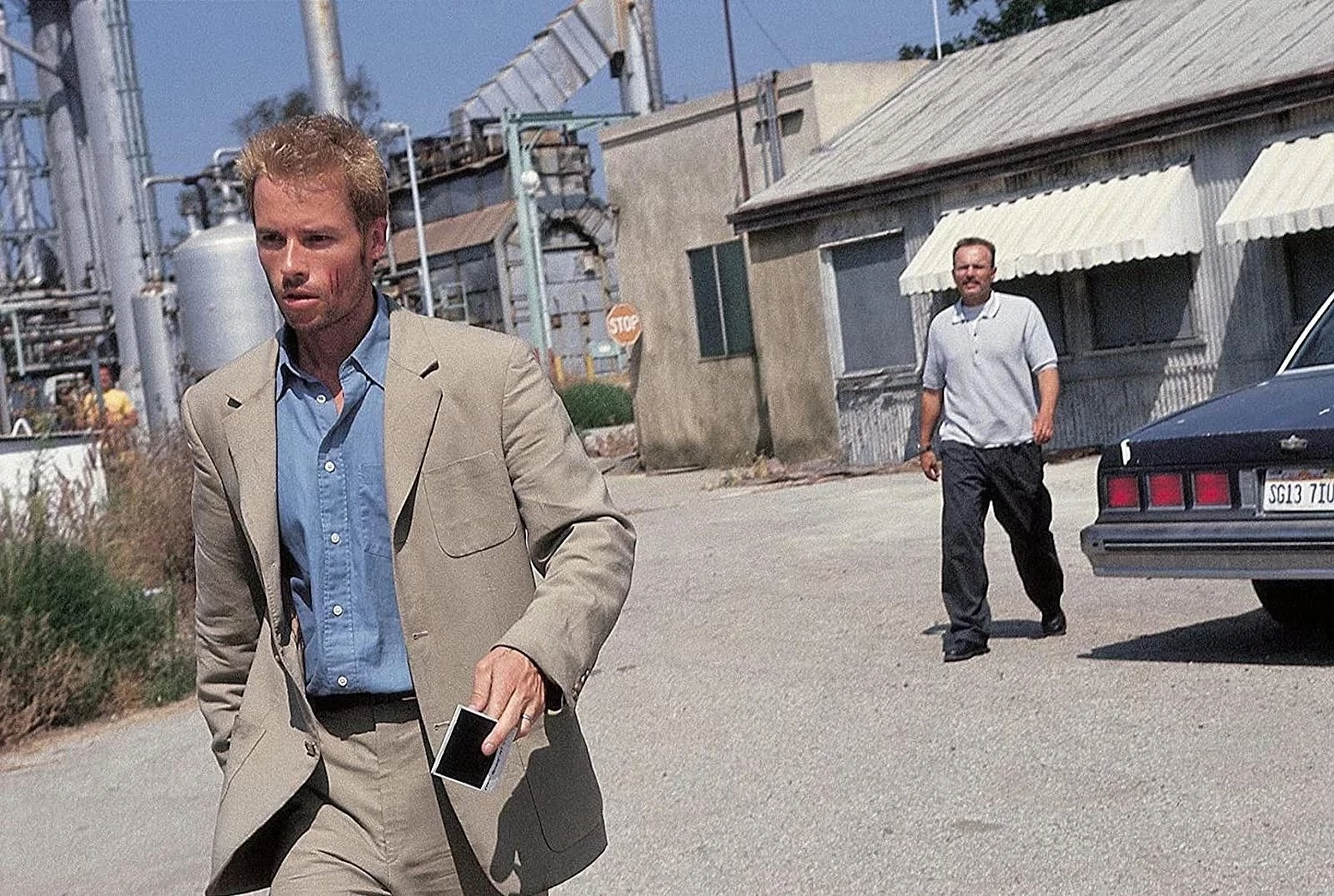
30. Memento (2000)
Don’t dismiss *Memento* as just a clever trick. While it’s true the film has a very complex structure – arguably one of the most complicated ever made – the way the timelines are interwoven isn’t just for show. The disorienting experience puts you inside the mind of Leonard Shelby (Guy Pearce), the film’s hero, who suffers from a rare form of amnesia that prevents him from forming new memories.
Despite his condition, Leonard is determined to find his wife’s killer. The film starts by showing him seemingly succeeding, then unravels the events leading up to that moment. *Memento* quickly established Christopher Nolan as a promising director, but the film’s focus isn’t on being ‘cool’; Leonard is a deeply tragic character, motivated by the very human desire to feel like his life has meaning. While Nolan continued to experiment with film structure and explore similar themes in his later work, he largely left behind the dark humor present in *Memento* – like the chase scene where Leonard is unsure if he’s the hunter or the hunted, or the ironic name of his hotel, the “Discount Inn,” referencing how he constantly dismisses the story of a man with a similar condition.
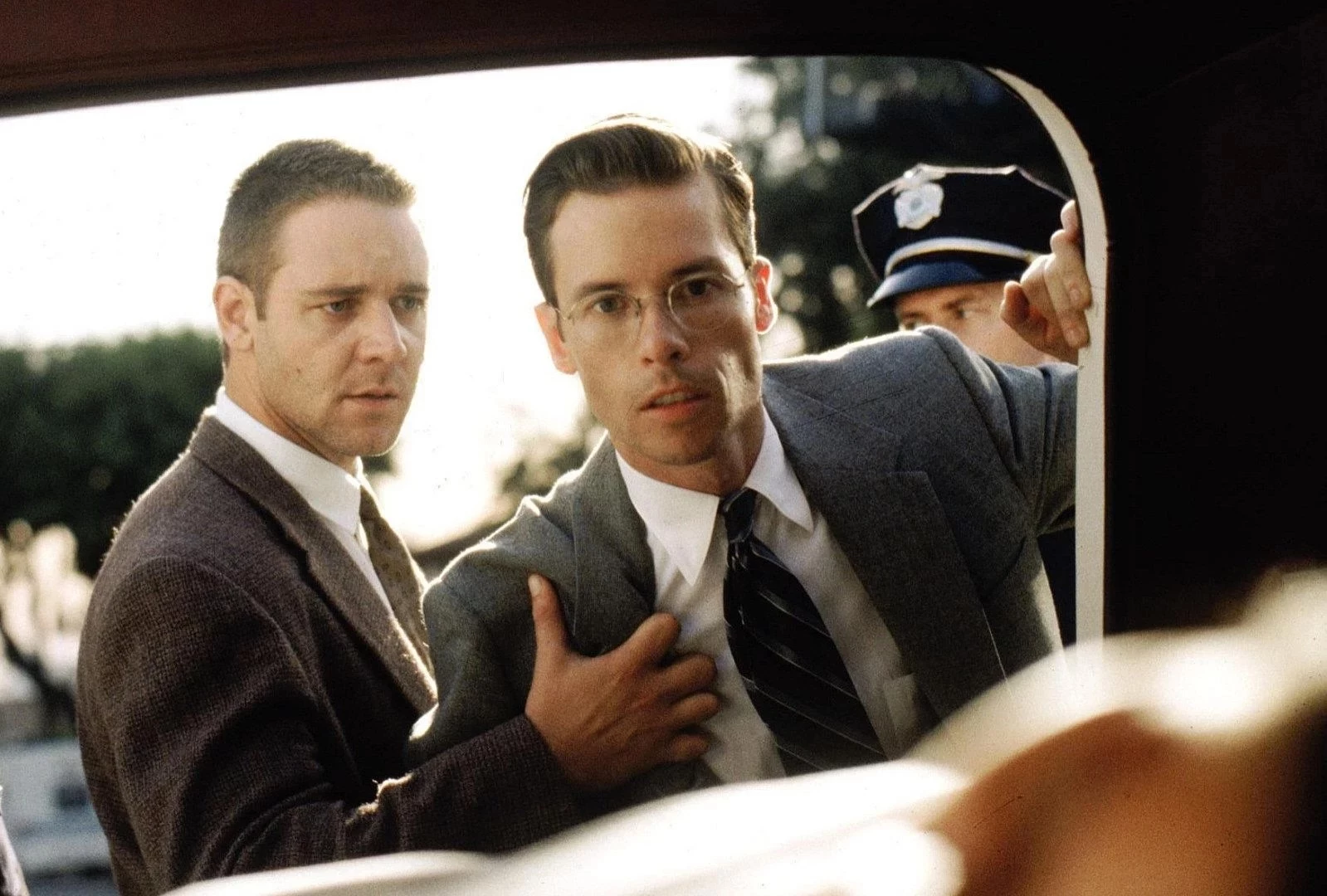
29. L.A. Confidential (1997)
Just how many layers of revisiting the past does *L.A. Confidential* have? The film is set in the 1950s, intentionally echoes the style of the 1970s classic *Chinatown*, and came out in the late 1990s – a time when large-scale, expensive crime dramas with mostly unknown actors were still possible (only Kevin Spacey and Kim Basinger were already well-known). Like the James Ellroy novel it’s based on, *L.A. Confidential* exposes the myth of the 1950s as a simpler, more innocent era in Los Angeles. As one character points out, that’s the picture we’ve all been sold, while the real story was hidden until Ellroy and director Curtis Hanson brought it to light.
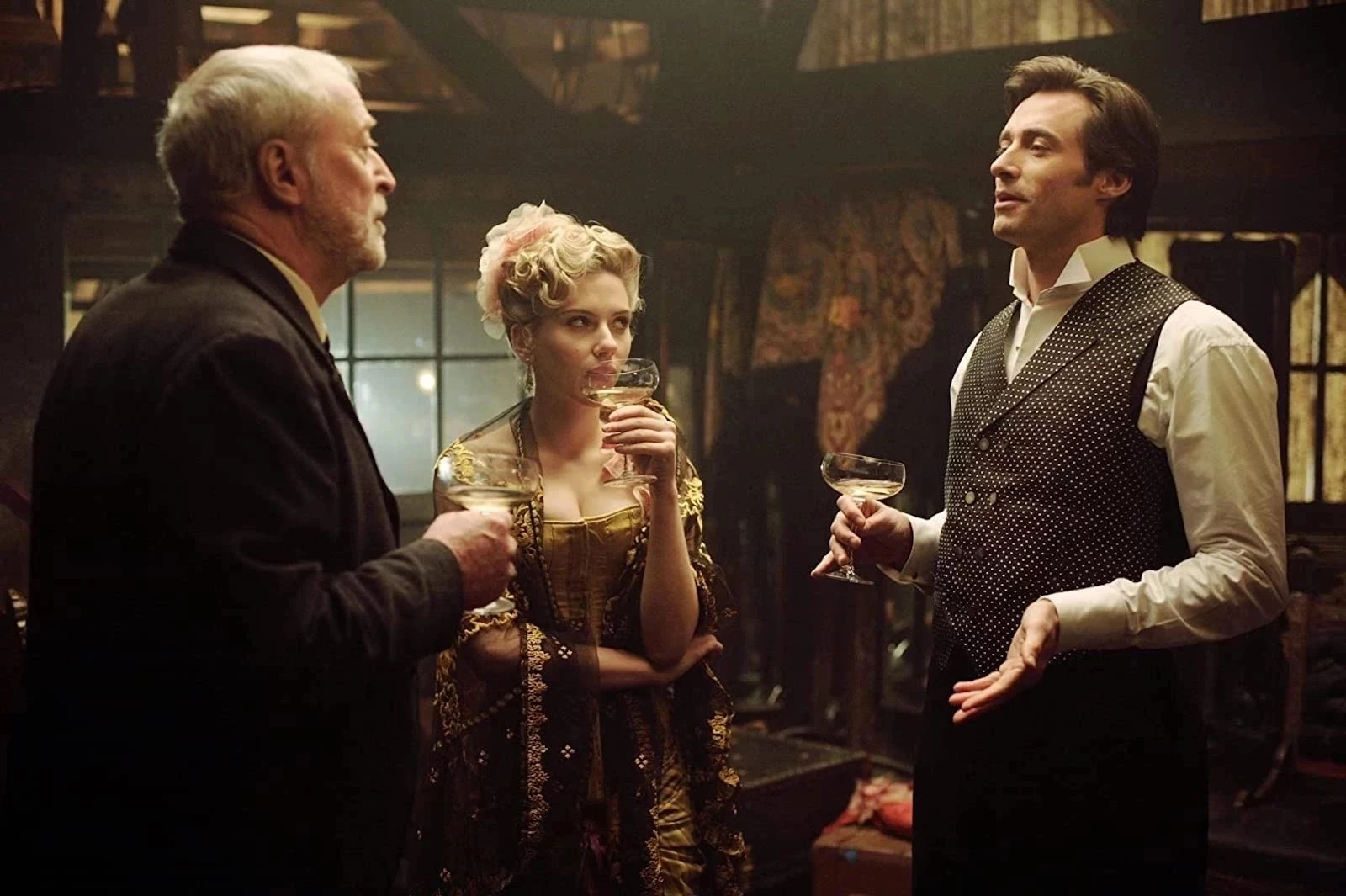
28. The Prestige (2006)
Christopher Nolan’s *The Prestige* is a masterpiece where his signature style—complex timelines, unexpected twists, and recurring themes like flawed heroes and loss—come together brilliantly. The film follows two competing magicians in Victorian London, played by Christian Bale and Hugh Jackman, whose rivalry leads to both incredible innovation and deadly consequences. *The Prestige* is a story within a story, exploring the sacrifices artists make for their craft and the inherent duality of human nature. What makes the film so rewarding is that even after learning its secrets, it remains endlessly rewatchable, revealing new layers of foreshadowing with each viewing—if you pay close attention.
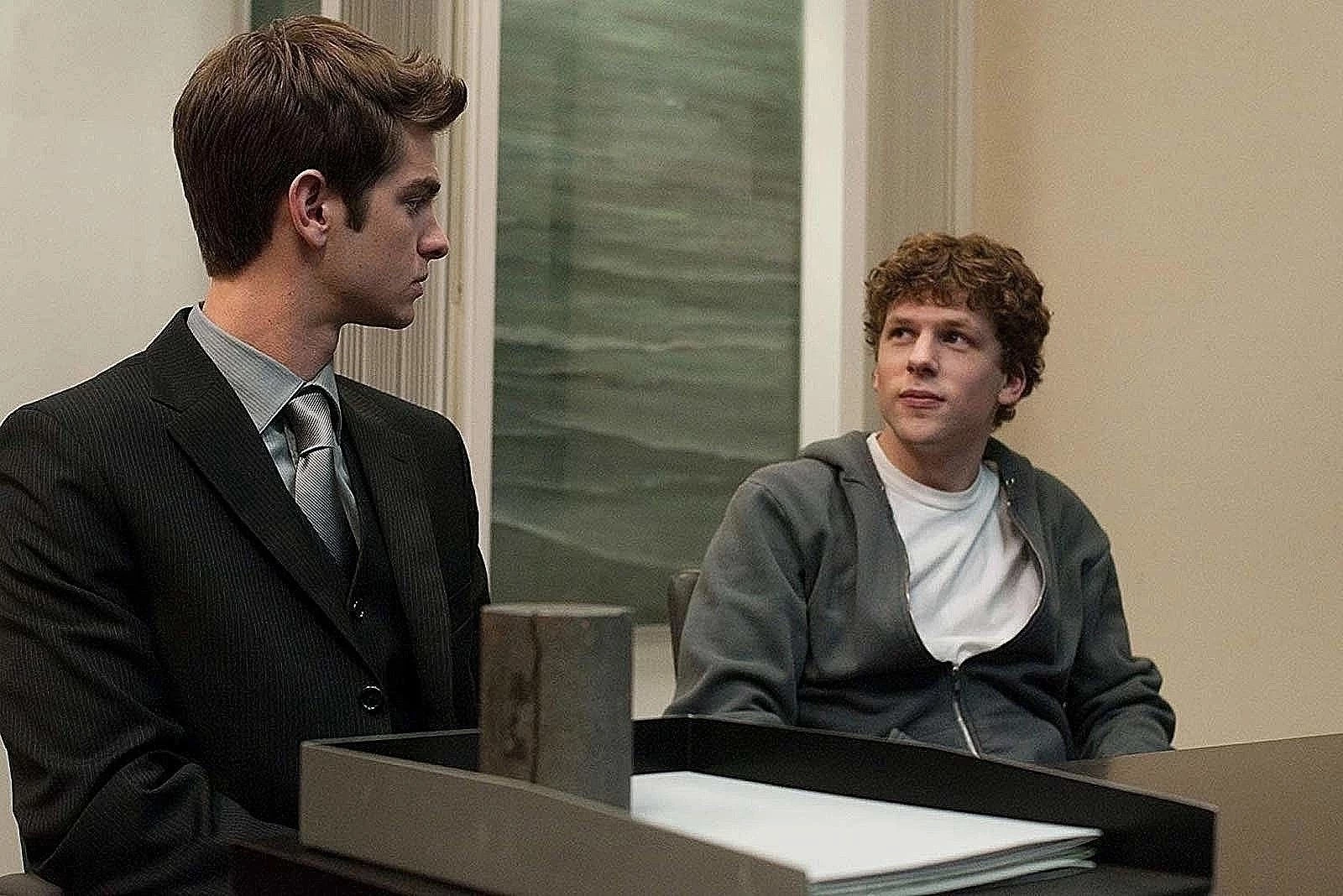
27. The Social Network (2010)
Whether David Fincher and Aaron Sorkin got the details of Facebook’s beginnings right is open for discussion. But they undeniably captured a specific personality type with Mark Zuckerberg, as played by Jesse Eisenberg: a brilliant, frustrated, privileged individual craving acceptance and praise. Looking back, Fincher’s choice to make a film about Facebook in 2010 makes sense – it’s a spiritual follow-up to *Fight Club*, another story about a resentful, isolated man whose anger has unforeseen results. A crucial part of the film’s success is Justin Timberlake’s portrayal of Napster founder Sean Parker, who acts as a kind of mentor – or dark angel – to Zuckerberg, much like Tyler Durden in *Fight Club*. Timberlake and Eisenberg even share a similar look, almost like brothers if one had all the luck and the other none. That’s the person Mark desperately wants to be, and he’s incredibly close to achieving it.

26. Nickel Boys (2024)
It’s rare to see a truly original film, one that feels genuinely new and pushes the boundaries of cinema. But every now and then, a movie like *Nickel Boys* arrives. This film is bold, unique, and offers a fresh perspective—actually, two.
Director and co-screenwriter RaMell Ross made a striking choice: to tell the story of Colson Whitehead’s Pulitzer Prize-winning novel almost entirely through the eyes of its two main characters. The incredible camerawork by Ross and cinematographer Jomo Fray immerses you in the experiences of these two young men as they struggle to survive a Florida reform school in the 1960s. It’s baffling that Fray wasn’t nominated for an Oscar. When done poorly, this technique can be a distraction, but in Ross’ hands, it creates a truly new way of seeing the world—and perhaps a glimpse into the future of filmmaking.

25. Past Lives (2023)
This moving and poignant film explores the unseen connections that shape our lives – whether you call it fate, destiny, or simply the way things happen. It focuses on Nora and Hae Sung, two people who share a powerful bond but keep being pulled apart by circumstance. They cross paths several times throughout their lives – as kids, in college, and as adults – and each time, life has changed, but their connection remains. The story gets complicated when Nora is married to Arthur. The film delicately portrays this love triangle, and its heartbreaking conclusion will leave you thinking about the choices you’ve made and how they’ve impacted your own journey, especially those whose significance only became clear later on.

24. Boyhood (2014)
For twelve years, director Richard Linklater secretly filmed scenes with the same actors – a boy (Ellar Coltrane), his mother (Patricia Arquette), and his sister (Lorelei Linklater) – to document their lives. While some might see this as a clever experiment, the film becomes a fascinating record of American life in the early 2000s, and a deeply personal story of family, love, and hardship. All movies deal with time, but *Boyhood* has a truly special connection to it. Seeing the actors genuinely age on screen adds a touching quality to many moments, and makes others even more impactful. When Patricia Arquette reflects on her life at the end, her words carry the weight of a dozen years of real experiences. As the late Roger Ebert eloquently put it, movies are windows into our world, and *Boyhood* feels like it throws those windows wide open.

23. Catch Me If You Can (2002)
Despite being a fun and entertaining film, *Catch Me If You Can* is also a surprisingly thoughtful look at loneliness and the importance of family. It features a fantastic cast, including Leonardo DiCaprio as the clever con artist Frank Abagnale Jr., Christopher Walken as his frustrated father, Jennifer Garner and Amy Adams as his love interests, and Tom Hanks as the determined, serious FBI agent Carl Hanratty.

22. Mad Max: Fury Road (2015)
Mad Max: Fury Road isn’t just the best car chase movie of the 21st century—it’s surprisingly profound. It feels like a modern retelling of the biblical story of Exodus, with Charlize Theron’s Furiosa leading a group of women on a quest for a better life. Tom Hardy’s Max acts as their reluctant guide, helping them find salvation but remaining an outsider. George Miller’s action masterpiece proves that films can be both incredibly exciting and intellectually stimulating. Anyone who argues differently is simply trying to provoke a reaction.

21. Killers of the Flower Moon (2023)
At over 80 years old, Martin Scorsese continues to challenge himself and his viewers with his filmmaking. He still elicits amazing performances from actors and consistently explores familiar themes – the dangerous allure of wealth and the tragic undercurrents of American history. His latest film, *Killers of the Flower Moon*, focuses on the horrific events of the 1920s, when members of the Osage Nation were systematically targeted and murdered after discovering oil on their land in Oklahoma. The film centers on Ernest Burkhart (Leonardo DiCaprio), who marries an Osage woman, Mollie (Lily Gladstone), amidst this violence. Like with many of Scorsese’s recent films, it’s hard to imagine a more fitting capstone to his extraordinary career if this turns out to be his last.

20. Chungking Express (1994)
Beyond its memorable pop music, vibrant visuals, and captivating (though often unfulfilled) love stories, *Chungking Express* brilliantly portrays the feeling of modern city life. It captures the loneliness you can experience even in a crowded place, the longing for open spaces and brighter days, the fleeting nature of connections, the simple joy of a bar’s jukebox, and the curious nature of people you meet in late-night diners.

19. Boogie Nights (1997)
Paul Thomas Anderson’s film is a funny, sad, and nostalgic look at the golden age of the adult film industry in Southern California. It moves through the late 1970s with energy, introducing a memorable cast of characters, including a filmmaker reminiscent of Burt Reynolds and a complex, troubled woman named Amber Waves, played by Julianne Moore. Through these characters, the film explores a wider picture of America during that era – its beauty, its desires, and its struggles with depression and drug use.

18. Ran (1985)
Akira Kurosawa’s *Ran* is my favorite film of his. It’s unique because it was made later in his career and stands out from his other films as a color production. I especially love it because of how it uses color—particularly in the characters’ vibrant costumes—to powerfully emphasize each scene.

17. The Matrix (1999)
One of the few benefits of getting older is revisiting movies and seeing how well they stand the test of time. I remember seeing *The Matrix* when it first came out with no idea what to expect, and it was an incredibly exciting experience. I can still picture the theater, the auditorium, and even my seat! The trailers were promising, but the movie itself truly captivated me.
More than 20 years later, it still does. My only complaint about *The Matrix* is that it’s too engaging to have on in the background – you’ll end up watching it from beginning to end instead of getting any work done. I’ve lost count of how many times I’ve watched it!

16. The Diving Bell and the Butterfly (2007)
2007 was a fantastic year for movies, but the one that really stuck with me was *The Diving Bell & The Butterfly*. It’s Julian Schnabel’s film based on Jean-Dominique Bauby’s incredible story of living with locked-in syndrome. Bauby’s experience, and how the movie captured his message of embracing life, had a profound impact on me. I actually left the theater and immediately started planning to propose to my girlfriend – and 15 years and two kids later, I’m so glad I did! I recently rewatched it, and it’s just as powerful and moving as I remembered.

15. Die Hard (1988)
Does anyone really need convincing that *Die Hard* is one of the greatest movies ever made? It’s obvious! Think about Bruce Willis’s amazing portrayal of John McClane, a New York cop just trying to enjoy a vacation, or John McTiernan’s fantastic action sequences. Plus, it’s the perfect Christmas movie… with a lot of gunfire.

14. Close-Up (1990)
This influential Iranian film tells the story of a man who pretended to be a famous filmmaker and tricked a family in Tehran. Director Abbas Kiarostami had everyone involved play themselves, blending real footage from the legal proceedings with reenactments of events before he got involved. The film’s unique combination of documentary and fictional storytelling, and its exploration of themes like celebrity and social class, is still considered groundbreaking.

13. The Truman Show (1998)
It’s easy to wonder if we’re actually living in a simulation. If not, the movie *The Truman Show* eerily predicted our current world – a world obsessed with surveillance, filled with advertising, and plagued by anxiety – in a way that feels almost unbelievable. Beyond being about a man unknowingly living in a reality TV show, the first half of the film perfectly captures the feeling of a mid-life crisis – that moment when you turn forty and suddenly question everything about your life.

12. Zodiac (2007)
David Fincher is known for his films about serial killers, but *Zodiac* is more than just a crime thriller. It’s a journey through San Francisco’s history, seen through the perspectives of three men obsessed with solving the Zodiac Killer case. We follow a dedicated police inspector (Mark Ruffalo), a determined crime reporter (Robert Downey Jr.) who became a target of the killer, and an amateur investigator (Jake Gyllenhaal) unable to let the case go cold. What *Zodiac* does exceptionally well is show how all-consuming an obsession can be. Fincher expertly draws the audience into a complex maze of clues and false leads using innovative camera work and editing. By the end of the film—which cleverly circles back to its opening moments after a tense two and a half hours—viewers truly understand the relentless drive of Robert Graysmith.
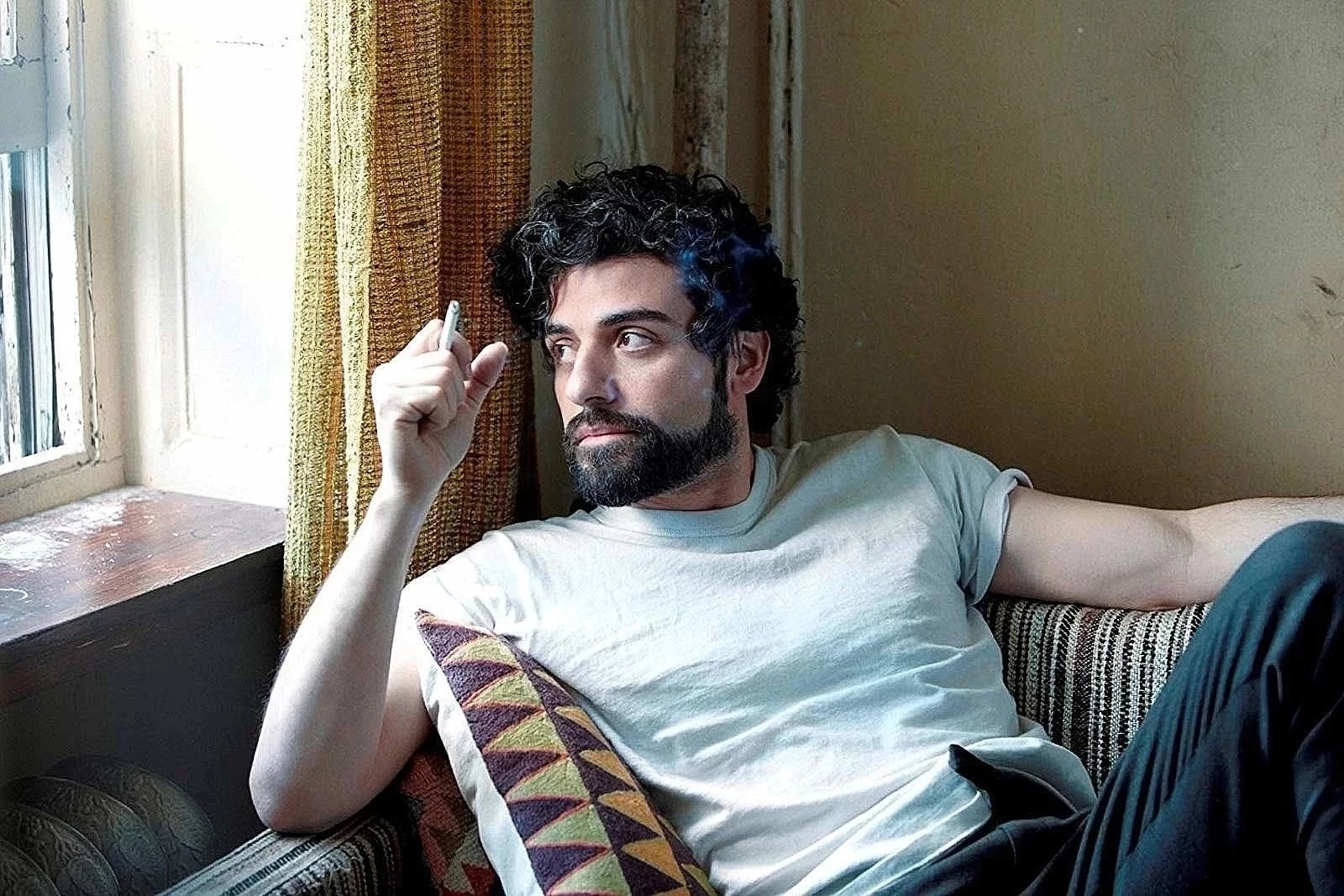
11. Inside Llewyn Davis (2013)
Many of the films Joel and Ethan Coen created together explore partnerships, and *Inside Llewyn Davis* is perhaps their most direct look at this theme. As I’ve discussed previously, the movie depicts New York’s folk music world in the early 1960s, focusing on the small, heartbreaking events that happen to a talented musician (Oscar Isaac, in a career-defining performance) after his musical partner dies. It’s notable that Llewyn’s most beautiful song is a farewell, and it feels incomplete when performed solo, highlighting the importance of the lost connection.

10.Lady Bird (2017)
Greta Gerwig’s film, *Lady Bird*, cleverly uses pairs and contrasts throughout the story. The main character, known as Lady Bird, has two first names and experiences two different romances and friendships. The film unfolds over two school semesters, each featuring a school play and a dance, as well as two parties. She navigates unique relationships with both of her parents and considers applications to two colleges while attending two churches. This emphasis on choices makes *Lady Bird* a deeply relatable film about the feeling that every decision at that age is incredibly important—and, in many ways, they truly are.

9. Eternal Sunshine of the Spotless Mind (2004)
I can’t recall exactly when or where I first watched *Eternal Sunshine*, but it was around 20 years ago while I was living in New York City. The details of that initial viewing have faded with time, like so many memories do. Interestingly, that makes me appreciate the film even more now than I did when it first came out. What’s so compelling about *Eternal Sunshine of the Spotless Mind* is that it uses a science fiction idea – a couple erasing each other from their memories – to explore how we naturally forget things. Jim Carrey and Kate Winslet make a truly memorable couple, and part of that is because their relationship is destined to fail. Ultimately, all relationships end somehow – it’s like a beach house slowly being washed away by the ocean.

8. Pulp Fiction (1994)
While *Pulp Fiction* may not be the most copied film of the 1990s today, it was heavily imitated for a time. The poor quality of those imitations actually highlights just how talented Quentin Tarantino is, both then and now.
*Pulp Fiction* is a surprisingly effective mix of seemingly unrelated elements. It’s a grand, sweeping look at crime in Los Angeles, but also a deeply personal exploration of its characters. It jumps between the wildly fantastical – think mysterious briefcases and secret clubs – and the incredibly ordinary, like casual conversations about foot rubs and international fast food. It’s expansive and intimate, funny and sad, violent and silly. It’s everything all at once – it’s *Pulp Fiction*.

7. Do the Right Thing (1989)
Spike Lee’s film, set during a scorching summer day in Brooklyn, powerfully explores racial tensions and, unfortunately, still feels incredibly timely. The story centers around a neighborhood pizzeria in Bed-Stuy, which becomes the focal point of unrest after a Black man is fatally shot by police. A central question the film asks is whether the character Mookie made the right choice by throwing a garbage can through the pizzeria window, and perhaps the very act of asking that question is more important than any definitive answer.

6. American Movie (1999)
This charming and often humorous documentary follows Mark Borchardt, an aspiring filmmaker, as he tries to finish a movie he’s been working on for years. It’s a surprisingly touching and sad look at chasing dreams that don’t quite come true. We see Mark passionately talk about his need to create, but he constantly faces obstacles. Beyond that, *American Movie* is a heartwarming story about friendship, showing how Mark depends on his friend Mike to help with his low-budget films. It’s an enjoyable film for younger audiences, but it carries a much deeper emotional weight as you get older – it’s truly one of the best American films ever made.

5. Take Shelter (2011)
Having experienced panic attacks myself, I believe *Take Shelter* is a truly exceptional film about living with anxiety. The movie centers on Curtis LaForche (Michael Shannon), a family man who, despite having a loving wife and daughter, is plagued by terrifying nightmares of devastating storms and a growing sense of impending doom. Michael Shannon delivers a phenomenal performance, brilliantly supported by Jessica Chastain, and the film realistically portrays the vicious cycle of fear – Curtis fears a mental breakdown, as it runs in his family, and that fear only intensifies his anxiety. While many see the film’s ending as open to interpretation, I see it as a natural conclusion, because it acknowledges that this type of anxiety can’t be overcome. It can’t be blocked out, even with strong defenses. It can only be understood and managed, ideally with the help of those you love.
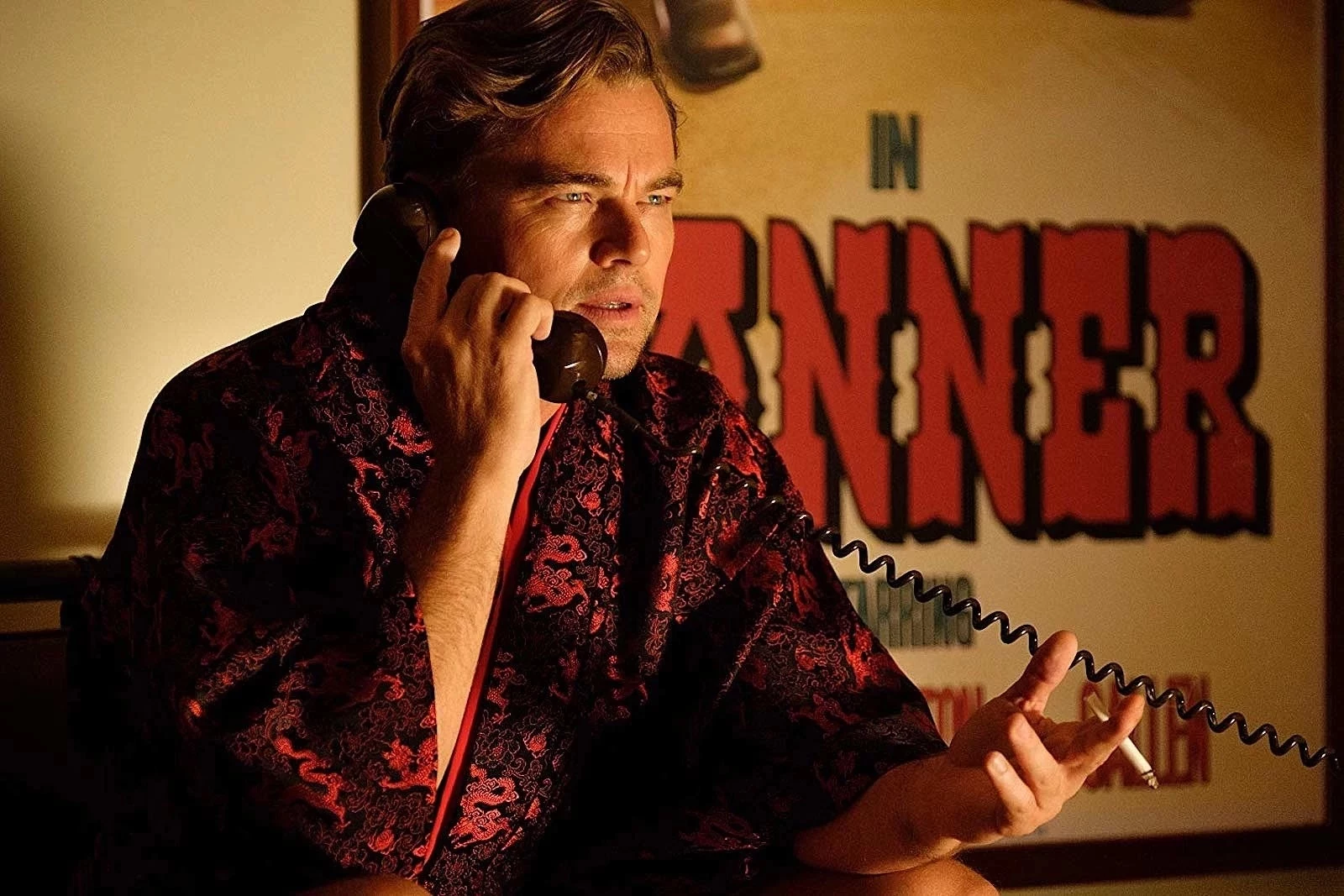
4. Once Upon a Time in Hollywood (2019)
Actor Rick Dalton and his stuntman, Cliff Booth, have lunch with producer Marvin Schwarz at the Musso & Frank Grill. Marvin suggests Rick star in Italian Westerns, but Rick is deeply disappointed, feeling like his career is over. He breaks down crying as soon as he leaves the restaurant. The camera focuses on the Musso & Frank Grill sign, emphasizing its tagline: “Oldest in Hollywood.” While Rick isn’t actually old news, he certainly *feels* that way in this moment, aware that his time in the spotlight might be running out. *Once Upon a Time in Hollywood* is a brilliant film, full of clever details like this one. It captures a changing era in America and celebrates the magic of filmmaking, which itself feels like it’s facing an uncertain future.

3. Groundhog Day (1993)
Few comedies are as insightful as *Groundhog Day*. Bill Murray delivers a standout performance as Phil Connors, a self-centered TV weatherman who, while covering the Groundhog Day celebrations in a small Pennsylvania town, finds himself stuck in a time loop. Essentially, the film follows a man who initially acts like a god, then learns humility and what it truly means to be human.

2. Goodfellas (1990)
Even thirty years after its release, Martin Scorsese’s *Goodfellas* is widely considered one of the best and most influential films of the 1990s. It’s a great movie to pair with *The Irishman* – if you’re up for a long viewing experience! The film tells the story of Ray Liotta’s character as he climbs the ranks of organized crime, experiencing both lavish success and a dramatic fall from grace. Everything about the movie – the acting, script, editing, cinematography, and music – is flawless. It’s hard to believe *Dances With Wolves* won Best Picture over *Goodfellas*.

1. Hoop Dreams (1994)
The documentary *Hoop Dreams* is about far more than just basketball. It follows its subjects through high school graduation, not just their final games, highlighting how much money influences the sport, as Spike Lee points out when speaking to young players. The film ultimately shows two distinct realities: the game played on the court and the often unfair game played by those around the players – coaches and scouts. It leaves you wondering what else young men like William and Arthur can realistically aspire to.
Read More
- Mobile Legends: Bang Bang (MLBB) Sora Guide: Best Build, Emblem and Gameplay Tips
- Clash Royale Best Boss Bandit Champion decks
- Best Hero Card Decks in Clash Royale
- All Brawl Stars Brawliday Rewards For 2025
- Best Arena 9 Decks in Clast Royale
- Brawl Stars December 2025 Brawl Talk: Two New Brawlers, Buffie, Vault, New Skins, Game Modes, and more
- Clash Royale December 2025: Events, Challenges, Tournaments, and Rewards
- Call of Duty Mobile: DMZ Recon Guide: Overview, How to Play, Progression, and more
- Clash Royale Witch Evolution best decks guide
- Clash of Clans Meltdown Mayhem December 2025 Event: Overview, Rewards, and more
2025-10-20 20:11